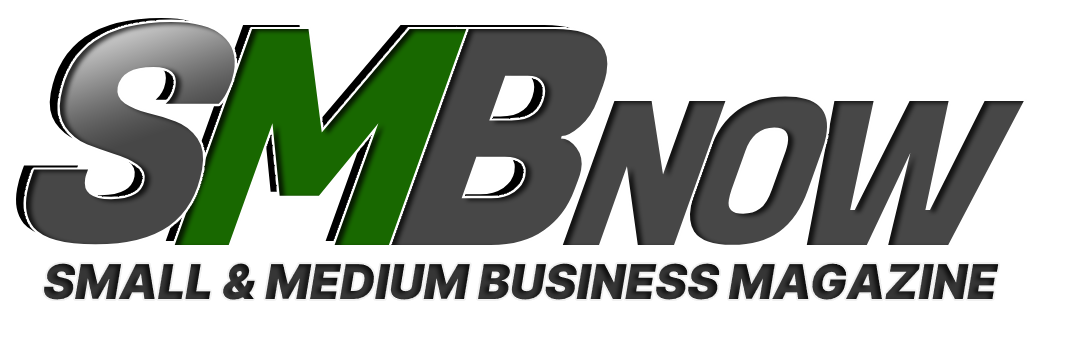SMB Advice: Go to the Cloud, Paperless
Wednesday, July 24, 2013Posted by Brawlin Melgar

What Businesses Thinking of Going to the Cloud Need to Consider
By Matt Peterson, President and CEO, eFileCabinet
Electronic Document Management (EDM) provides small businesses with a central location to capture, manage, share, and protect all of their office files, both paper and digital. As companies grow, they inevitably see increases in paperwork and those who stay with a paper record and filing system are creating a logistical nightmare for themselves.
Going paperless is not only more efficient, it allows small businesses to increase profitability. After only a year of implementing a paperless system, most are able to take on 20 percent more business due to the time and space they’ve saved.
But before going paperless there are some things small business owners need to ask themselves.
1. Why go paperless?
o Upgrading your office from a paper-based to a paperless enterprise creates efficiencies that lead to higher profitability. This is a result of less labor time in searching and retrieving client information as well as improved customer service due to a quicker response time.
There is still a misconception that a paper-based signed document is the only credible and legal proof for business transactions. However, governments and businesses around the globe have embraced document management software and electronic copies of paper records for quite some time now. But only in the last several years has paperless technology become affordable for businesses of all sizes.
2. Cloud vs. On-Premise Paperless Software?
o On-premise software is paid for up front and loaded on to your company’s local PC or network. With traditional on-premise software the software is under your complete control with all of the data residing on your local computer. The disadvantage of on-premise software is that you usually have to pay more for it (since it’s paid up front) and you are responsible for software updates, data backup, and the hardware on which it resides.
Subscription-payment Cloud solutions allow you to just login into a browser to access your software and data. The Cloud platform has the advantage of 24/7 accessibility, always having your data backed up, affordable monthly payments, and the ability to access data from any internet enabled device such as PC’s, laptops, tablets and smart phones. The downside could be that internet access is always required for accessibility, however these days that shouldn’t be much of an issue.
3. Choosing a Software Provider?
o Many confuse document management Cloud solutions with simple file sharing and online-backup services. Online-backup solutions for small businesses include products like Mozy.com and Carbonite.com. Popular cloud based file sharing services include Dropbox.com and Box.com. Full document management services, however, include the functionality of all of these services plus much more. The right document management service allows you to avoid data breaches or identity theft by automatically restricting access to sensitive/confidential files and information. Companies that provide such features in this space include companies like FileNet.com, LaserFiche.com and of course eFileCabinet.com.
4. What is the Cost?
o Prices can range from $20 to several hundred dollars per month.
5. What is the key to going paperless?
o The most important thing in going paperless is to change your behavior and improve upon the way you’ve done things in the past. Create ONE central repository where ALL of your company’s documents/files reside. Require all paper documents to be scanned as soon as they come into your office or department. Be consistent in your descriptions and naming schemes so that you can easily find files when you search for them later. Make sure all emails and their attachments are also stored and indexed. Periodically inspect the workflow sequence to ensure that best practice procedures are being followed. After these new office practices become part of your business DNA you will ask yourself why you didn’t start doing this years ago. Your goal is to have no more lost or misplaced files. You want everything to be accessible with a few clicks of the mouse.
6. How do I get started?
o About 80 percent of what you put in your document management solution will be scanned pages. You’ve got to make sure that you can digitize, or convert paper records into an electronic format, usually PDF, as quickly as possible. While initially daunting, it’s actually very simple. Next, purchase a robust desktop scanner that can sit by your computer. Make sure it can scan at least 20 pages per minute at 300 DPI (dots per inch) resolution or higher with an automated sheet feeder. Reliable scanners come from Fujitsu, HP, Canon and Plustek. Expect to pay around $400 - $1,000 for a good one. The most important strategy - start scanning from this day forward and don’t worry about your back files. After you have the scan forward process down, then and only then, go backwards from the most recent to the oldest of your files.
About the Author:
Matt Peterson is the CEO of Lehi, Utah based eFileCabinet, Inc. Founded in 2001, eFileCabinet, Inc. began as a cutting-edge tool to digitally store records in accounting firms. As it grew in popularity, eFileCabinet developed into a full-fledged electronic document management solution designed to help organizations capture, manage and protect their data. While the accounting industry was the company’s main focus at formation, it has since expanded to include numerous vertical markets. eFileCabinet, Inc. distributes its solutions both direct and through a worldwide network of Value-Added-Resellers and strategic partners that customize solutions to meet their client’s specific needs. www.efilecabinet.com
